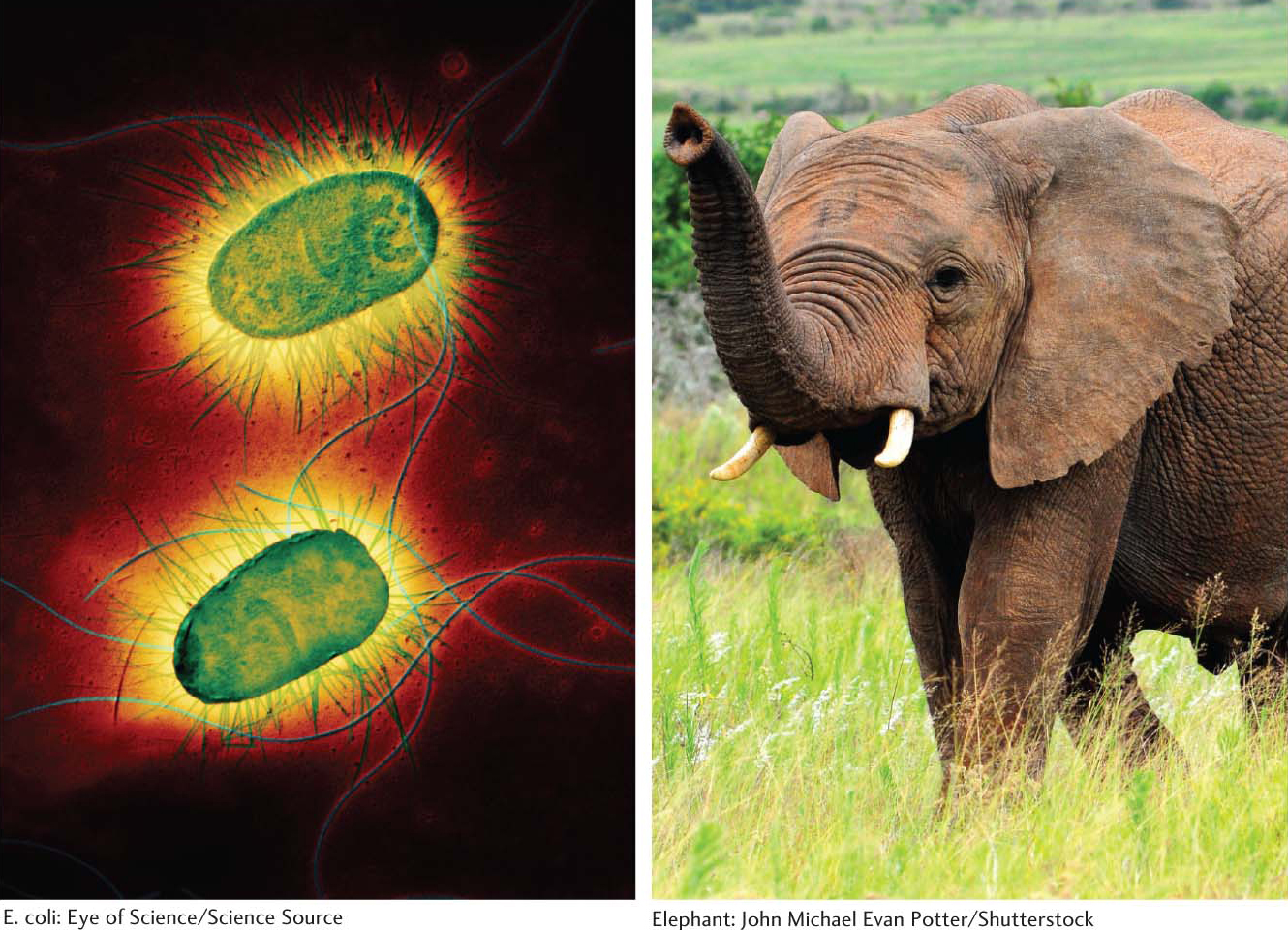
Biochemistry and the Unity of Life


A key goal of biochemistry, one that has been met with striking success, is to understand what it means to be alive at the molecular level. Another goal is to extend this understanding to the organismic level—
Biochemistry has been an active area of research for more than a century. Much knowledge has been gained about how a variety of organisms manipulate energy and information. However, one of the most exciting outcomes of biochemical research has been the realization that all organisms have much in common biochemically. Organisms are remarkably uniform at the molecular level. This observation is frequently referred to as the unity of biochemistry, but, in reality, it illustrates the unity of life. French biochemist Jacques Monod encapsulated this idea in 1954 with the phrase “Anything found to be true of [the bacterium] E. coli must also be true of elephants.” This uniformity reveals that all organisms on Earth have arisen from a common ancestor. A core of essential biochemical processes, common to all organisms, appeared early in the evolution of life. The diversity of life in the modern world has been generated by evolutionary processes acting on these core processes through millions or even billions of years.
We begin our study of biochemistry by looking at commonalities. We will examine the molecules and molecular constituents that are used by all life forms and will then consider the rules that govern how biochemical information is accessed and how it is passed from one generation to the next. Finally, we will take an overview of the fundamental unit of life—